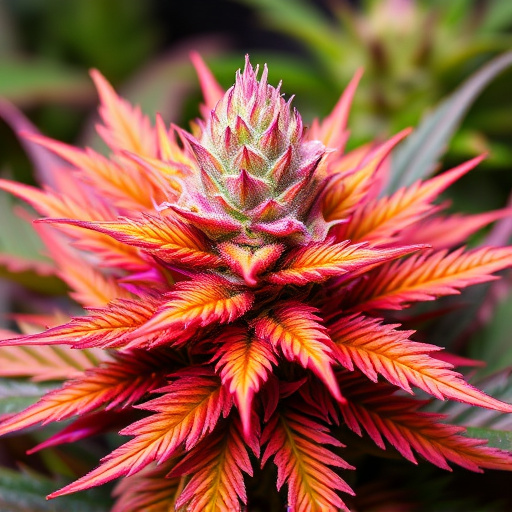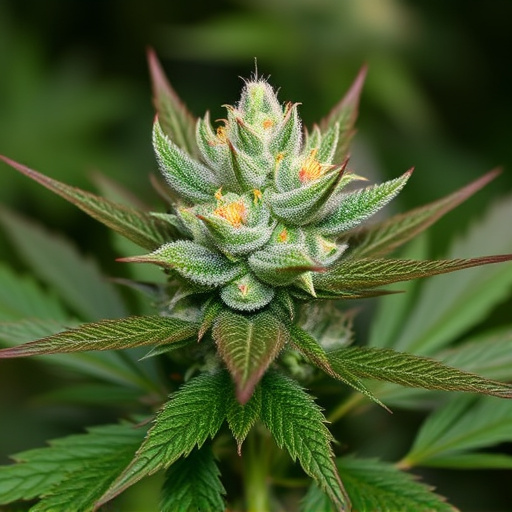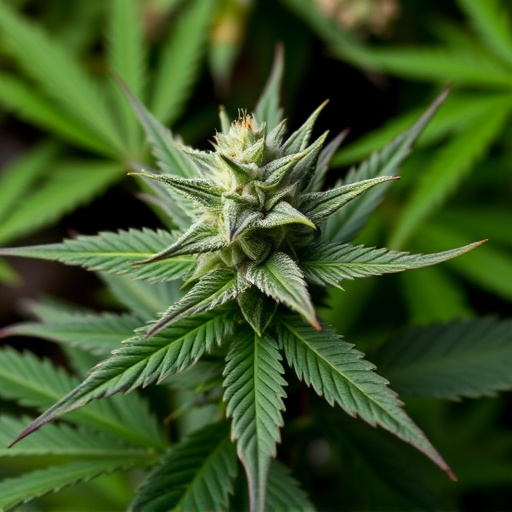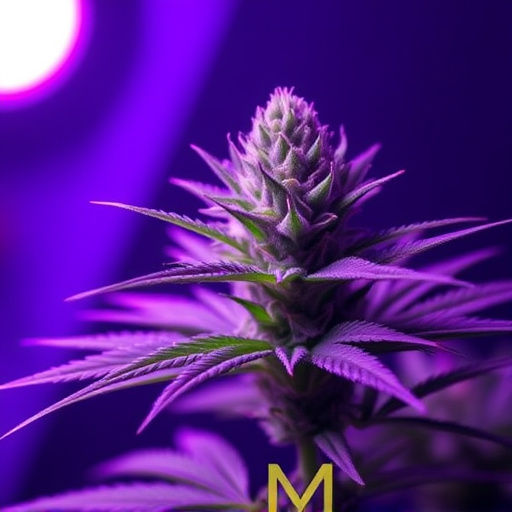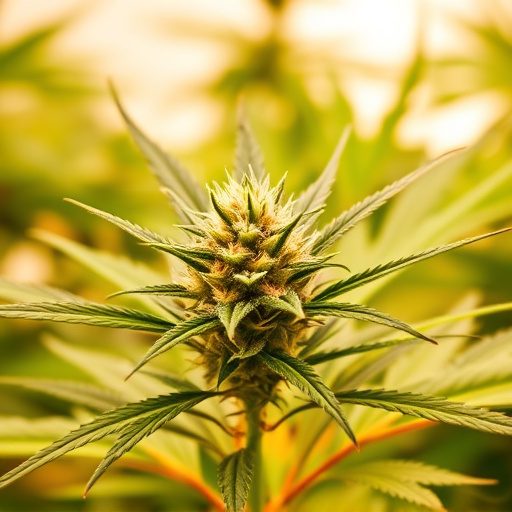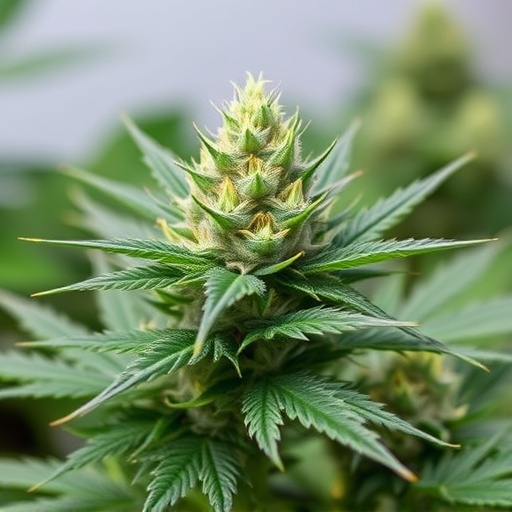The cannabis flower is a powerful medicinal tool containing cannabinoids (like THC and CBD) and terpenes, offering tailored relief for various conditions through different best medical cannabis strains. Indica-dominant strains ease chronic pain, while Sativa or hybrid varieties help anxiety and stress. A dispensary professional can guide selection based on individual needs, as the unique interplay of terpenes and cannabinoids creates diverse therapeutic effects.
“Unraveling the essence of Cannabis Flower, a versatile plant with immense medicinal potential, is crucial in today’s healthcare landscape. This comprehensive guide aims to demystify its role in medicine and highlight the significance of various strains for specific conditions. From exploring the science behind its compounds, including terpenes and cannabinoids, to uncovering the best medical cannabis strains for diverse ailments, this article is your starting point for understanding this game-changer in natural wellness.”
- What is Cannabis Flower and Its Role in Medicine?
- Identifying the Best Medical Cannabis Strains for Different Conditions
- The Science Behind Cannabis Compounds: Terpenes and Cannabinoids Explained
What is Cannabis Flower and Its Role in Medicine?
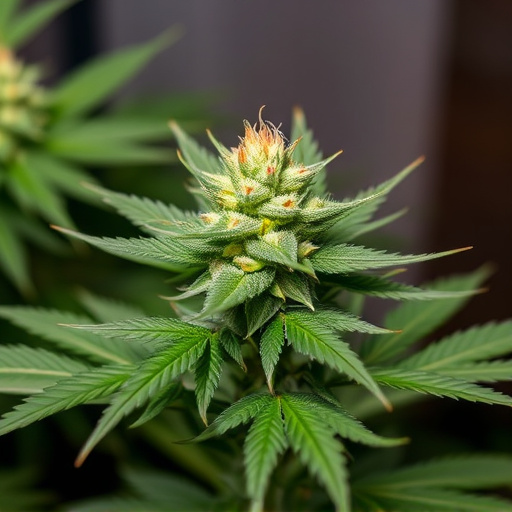
Cannabis flower, also known as marijuana or hemp flower, is the most well-known and sought-after part of the Cannabis sativa plant. It’s not just a pretty face; the cannabis flower is a complex botanical wonder packed with therapeutic potential. Each delicate bud contains a rich array of chemical compounds called cannabinoids, most notably THC (tetrahydrocannabinol) and CBD (cannabidiol), which are responsible for its medicinal properties.
In the realm of medicine, cannabis flower has emerged as a game-changer, especially when it comes to best medical cannabis strains. These strains vary in their cannabinoid profiles, offering tailored options for different conditions. For example, high THC strains may be beneficial for pain relief and stimulating appetite, while CBD-rich strains are popular for their anti-inflammatory and anxiety-reducing effects. The diverse spectrum of cannabinoids and terpenes found in cannabis flower make it a versatile tool in addressing various health concerns, from chronic pain and insomnia to epilepsy and inflammation.
Identifying the Best Medical Cannabis Strains for Different Conditions
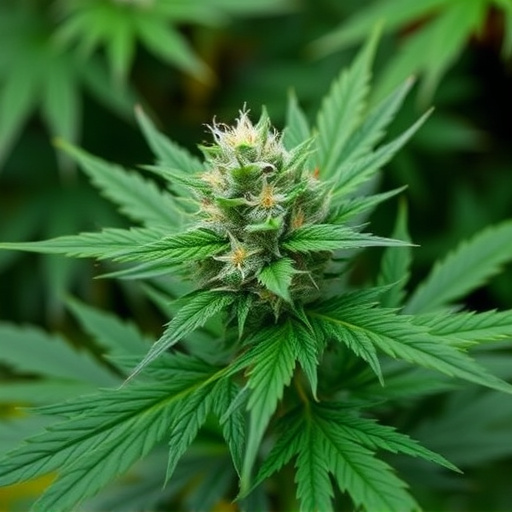
When it comes to selecting the best medical cannabis strains, understanding your specific condition is key. Different conditions require unique cannabinoid profiles for optimal relief. For example, patients seeking relief from chronic pain may benefit most from Indica-dominant strains known for their calming and sedative effects. These strains often contain high levels of THC, the compound responsible for its intoxicating properties, and lower levels of CBD, which doesn’t produce feelings of euphoria but is known for its anti-inflammatory properties.
On the other hand, anxiety and stress can be effectively managed with Sativa or hybrid strains that offer a more energizing and uplifting experience. These varieties typically have higher levels of CBD and lower THC, promoting mental clarity without inducing relaxation. Identifying the best medical cannabis strain involves working closely with a knowledgeable dispensary professional who can guide you based on your unique needs and preferences.
The Science Behind Cannabis Compounds: Terpenes and Cannabinoids Explained
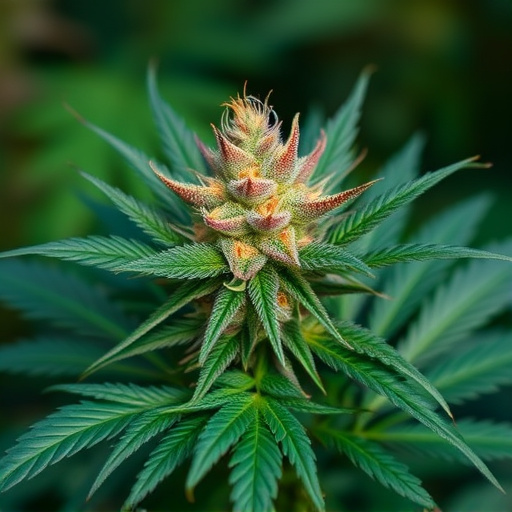
Cannabis flowers are a complex blend of compounds that work together to create their unique effects. At the heart of this complexity lie two primary groups: terpenes and cannabinoids. Terpenes are aromatic compounds responsible for the distinct smells and flavors associated with different strains, such as citrusy, piney, or fruity notes. These volatile oils not only influence the sensory experience but also interact with our bodies’ endocannabinoid system, modulating mood, memory, and pain perception.
Cannabinoids, on the other hand, are a class of chemical compounds exclusive to cannabis plants. The most well-known cannabinoid is THC (tetrahydrocannabinol), renowned for its psychoactive effects. However, CBD (cannabidiol) has gained significant attention as a non-intoxicating cannabinoid with potential therapeutic benefits in treating anxiety, inflammation, and pain, among other conditions. The interplay between terpenes and cannabinoids contributes to the diverse range of medical applications often associated with the best medical cannabis strains.
In understanding the basics of cannabis flower and its therapeutic potential, we’ve explored key components such as cannabinoids and terpenes, which contribute to its diverse medicinal applications. By identifying the best medical cannabis strains for specific conditions, individuals can harness these natural compounds for optimal health benefits. As knowledge in this field continues to evolve, exploring different strains and their unique profiles remains essential for maximizing the therapeutic effects of cannabis in modern medicine.


